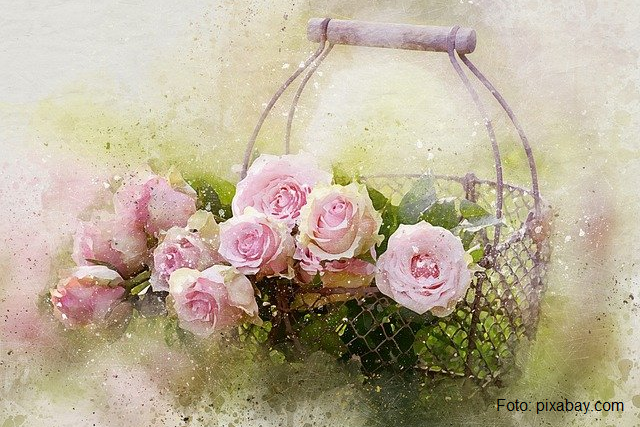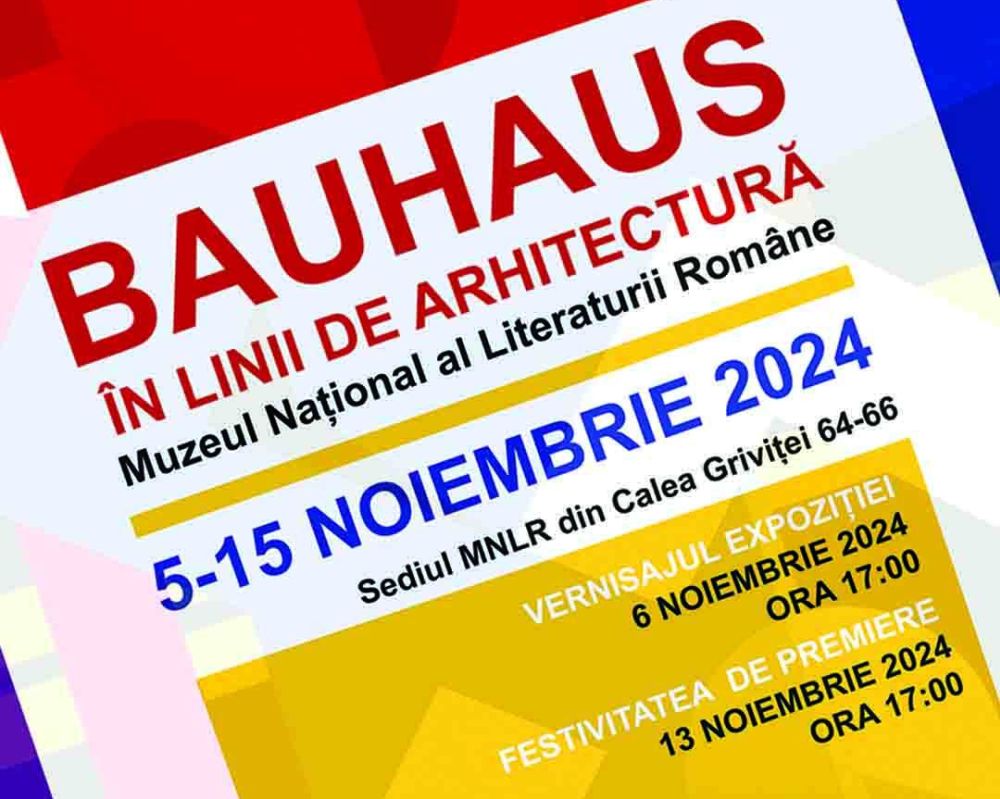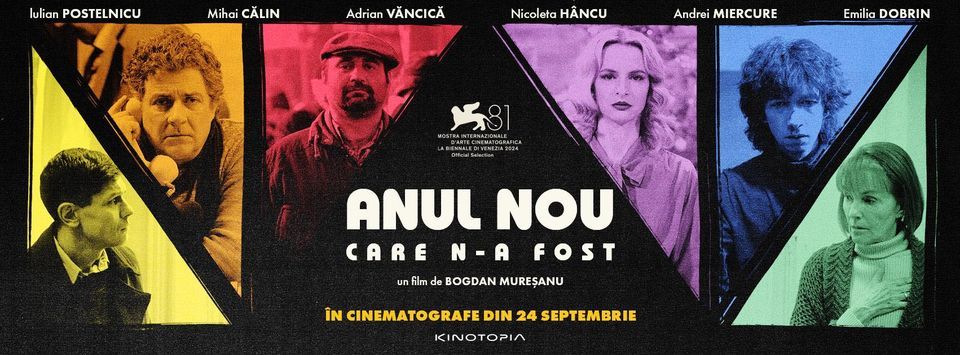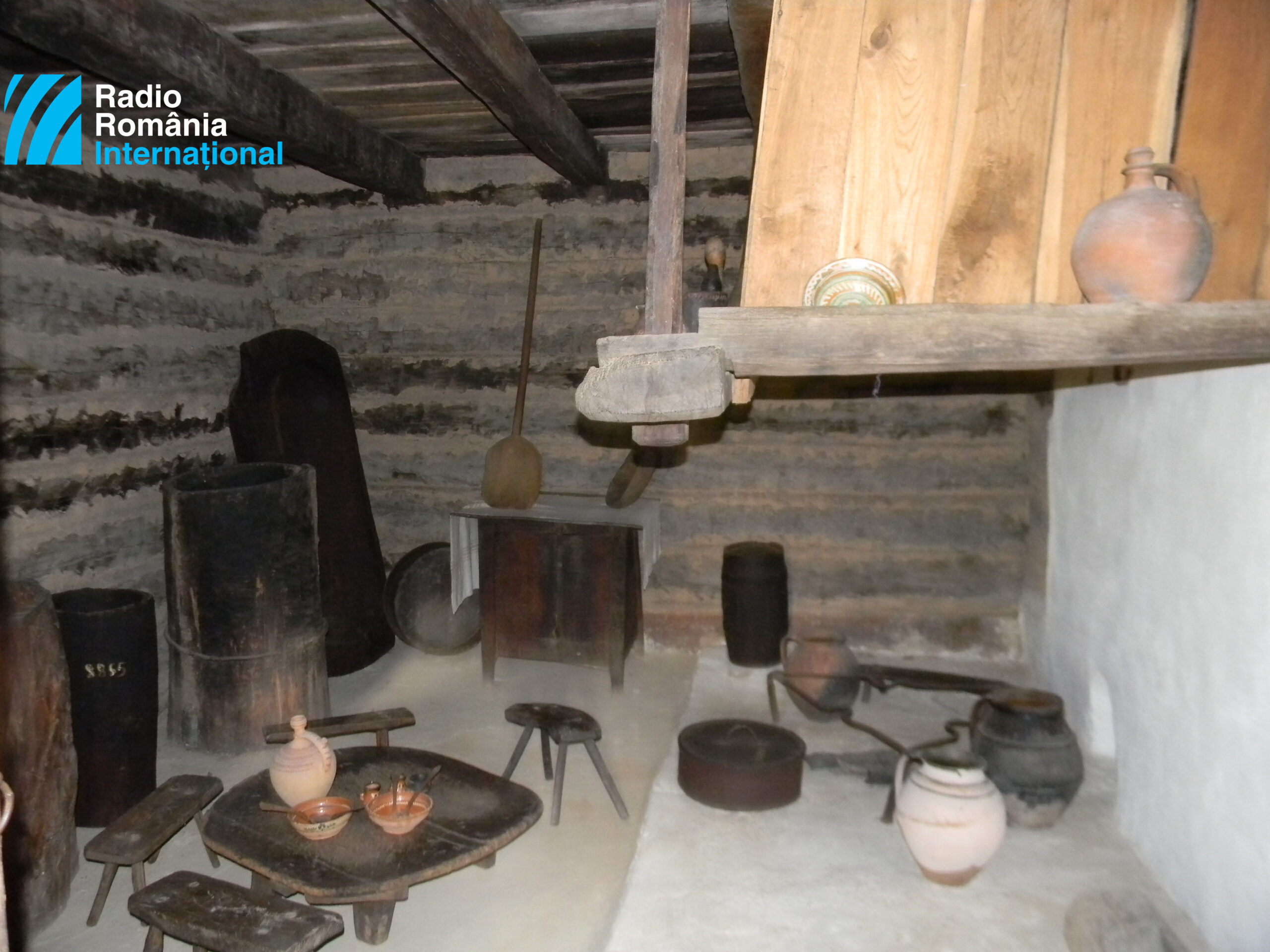Labyrinth – Halfway. Flowers Were Here
Three Romanian artists use discarded flowers to create an independent public art project.

Ana-Maria Cononovici, 09.02.2021, 14:00
A laborious work, Labyrinth – Halfway is the result of research and
community art experiments conducted by visual artist Roxana Donaldson, visual
arts researcher Cristina Irian and Cristina Bodnărescu, who was in charge of putting
the footage and ideas of the two artists into a film that went on to be shown
at a film and video festival called VKRS Bucharest. Cristina Irian tells us
more about the whole project:
This is both an artistic and a civic project because
it aims to provide an active response to the need to keep a community together
in times of crisis and symbolically salvage discarded flowers and turn them
into art objects. I worked directly with bouquets of flowers Roxana got me from
the market, from which I made eight dolls which I named the Matache dolls and
which appear to be dancing. In the second part of the project I used the dolls
and their shapes and added what I called poems in flowers. I kept a video record
of the entire transformation of a bouquet of flowers.
A performance was also created, and here’s Roxana
Donaldson telling us more about it:
We intended this project as an encounter
between people and plants in an urban environment. We wanted to speak about the
lives of people and that of flowers in these times of isolation and anxiety
generated by the Covid pandemic. We wanted to see how people live and survive together
in cities. The performance was inspired by the flowers discarded by the small
local producers in markets last November. This was the starting point and we
ended up making a film and then turning the dried flowers into works of art. I’m
an interdisciplinary visual artist and I’ve always been interested in eco-art
and plant-art and I wanted to create interdisciplinary and conceptual art with
and about plants. The performance involved our meeting at the half way point between
her market and mine, where we each bought ten flowers on the last day before
the markets were closed. And so, when we met at this halfway point, which happened to be on a street called Labyrinth, we exchanged flowers. We basically gave
each other flowers in the middle of the pandemic, during lockdown, at a time
when the city was cold, empty and shut down. We filmed everything, including
the sounds of the city, because we wanted to create a record of our urban
performance.
The life of the flowers continued in their adoptive
homes, the artists’ homes, and after drying out, they underwent a process of reinvention.
Roxana Donaldson:
I painted their story on canvas, writing in
pen ‘rescued abandoned flowers’ and these words blended into each other
becoming patches of colour and over these patches of colour I sewed flowers and
thus created a work of art which I exhibited in the street as part of the
second performance. I called it Flowers Were Here, because the flowers had
returned to a place they’d been to before. We each left a work: mine was a wall
covering made from canvas with flowers and hers was a doll made out of dried
flowers. They remained on the wall where we exhibited them as part of this
free-art performance, which is all about putting your whole heart into the creation
of pure art, art that is not regimented, and gifting it to the city, to the
community, for free and unconditionally.
Cristina Irian added:
The first part of the project took place
in the morning, the second in the afternoon and the next thing is for us to meet
for a third time on the same street, but this time in the evening, to use the objects
we created in a different way. I will focus on the shape of the doll and the
shadows it casts in an endeavour to reactivate the space.
The third part of the project will have different
components: a showing of a film on the life of the flowers which were transformed
into works of art, an exhibition of new works into which the dried flowers are
integrated, and a new urban performance.






























